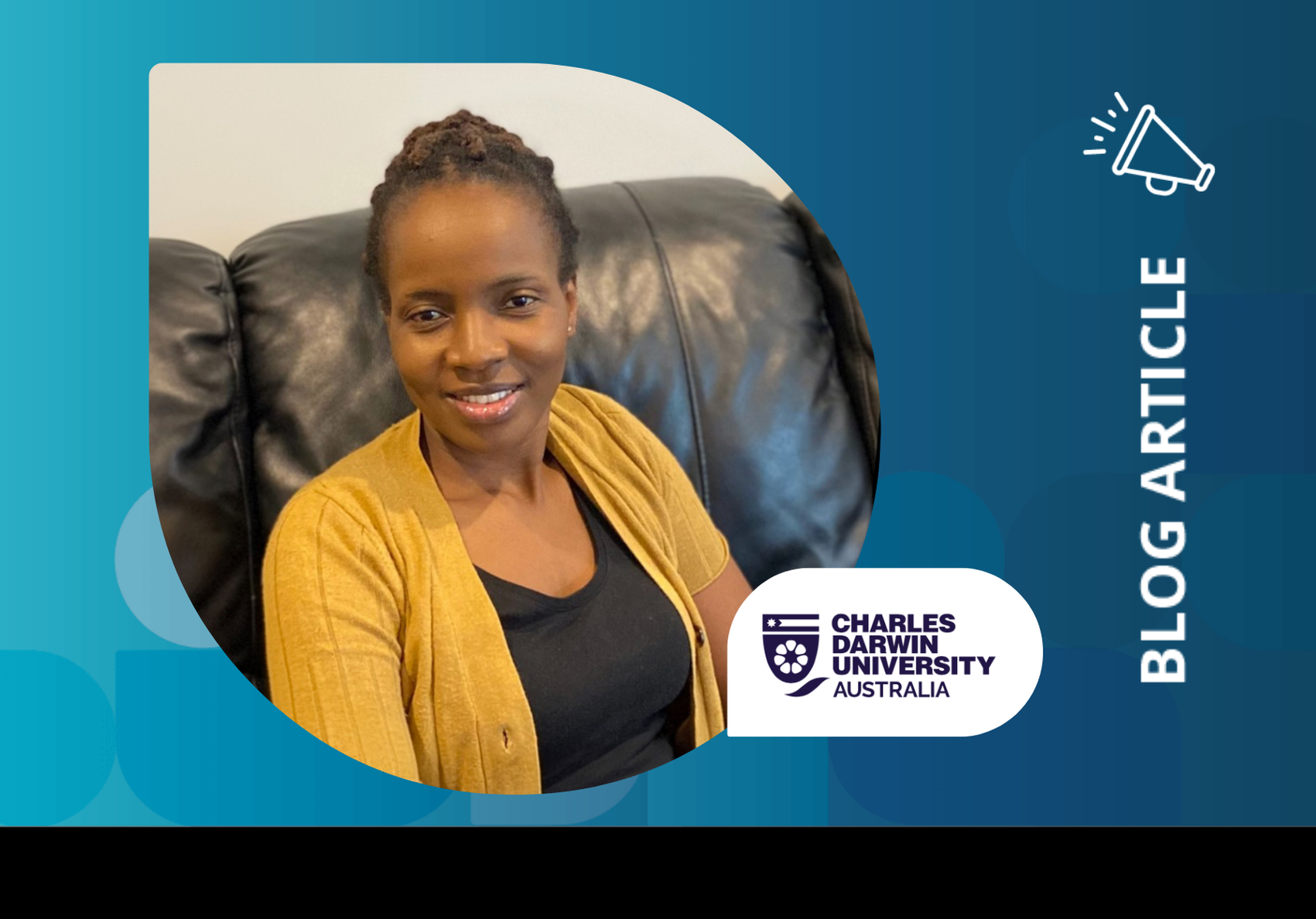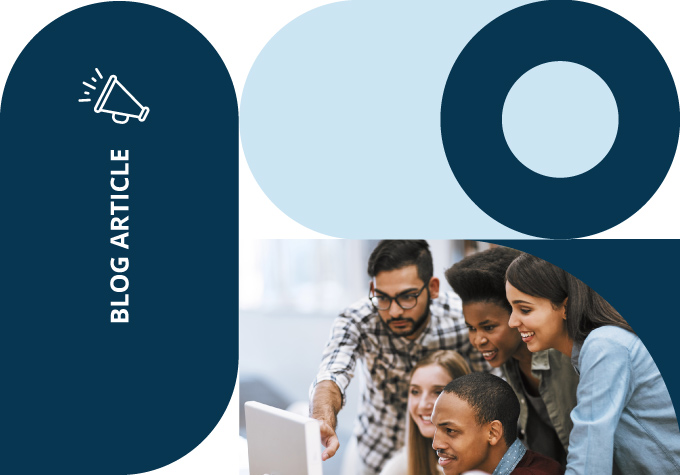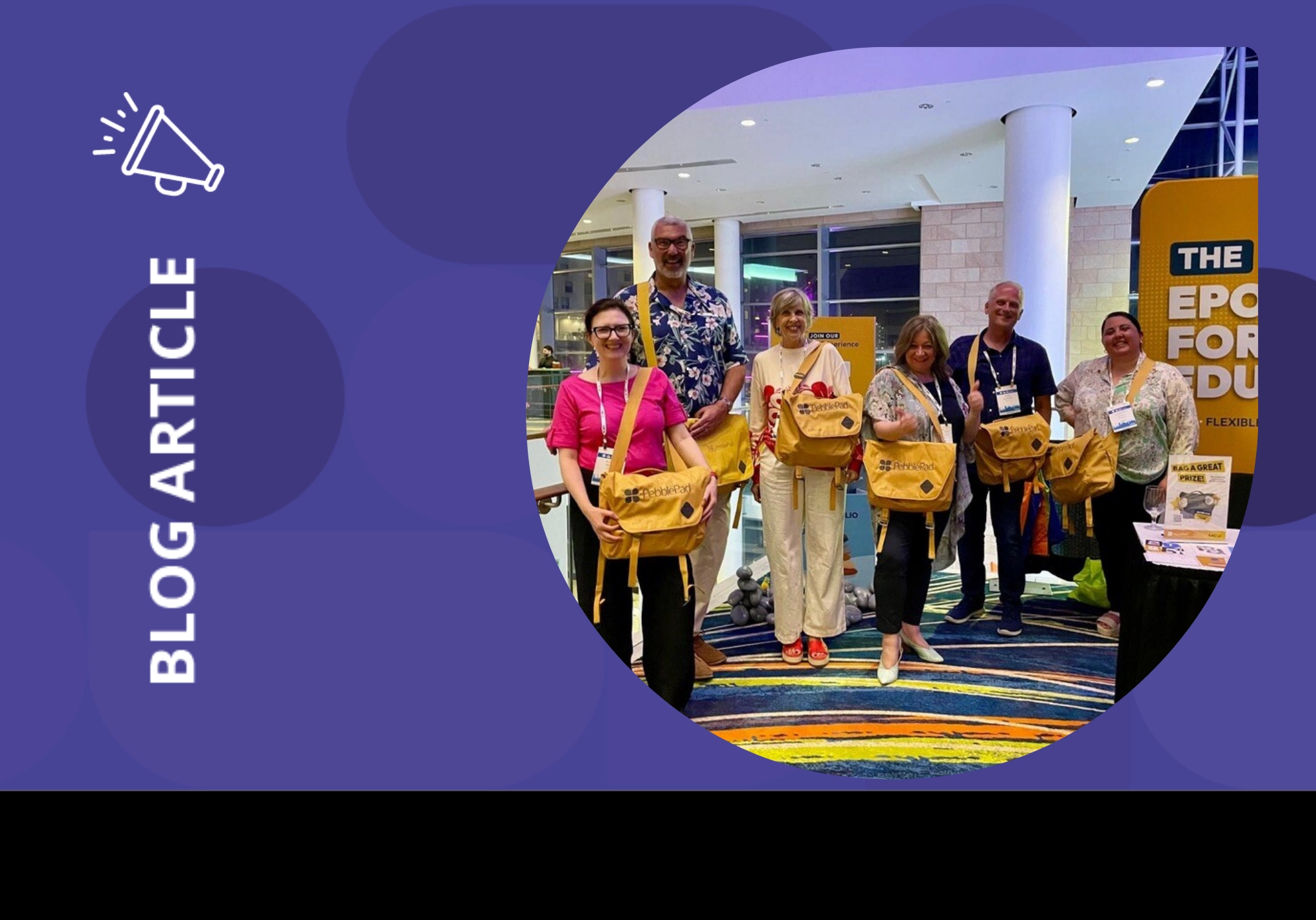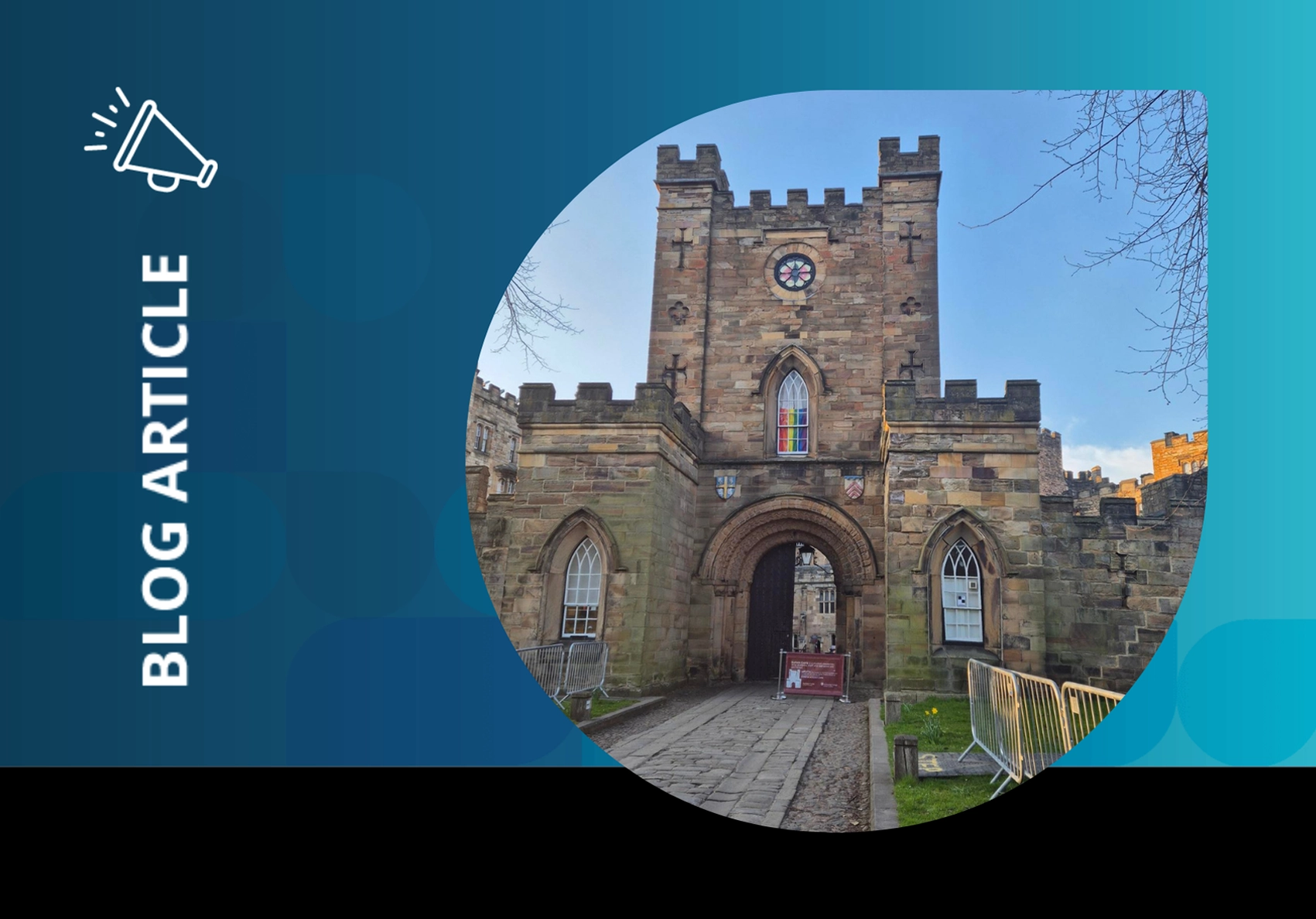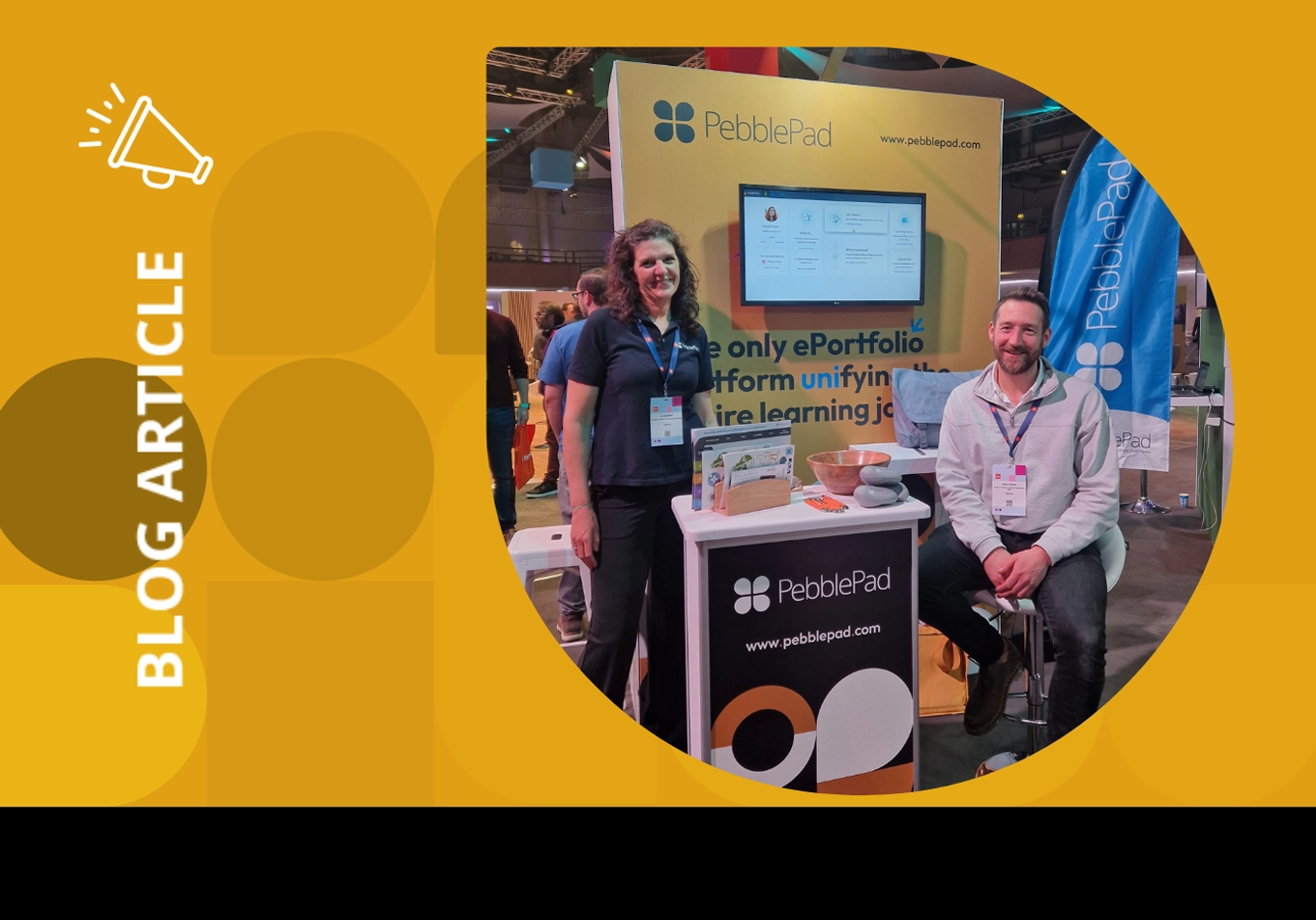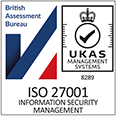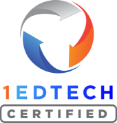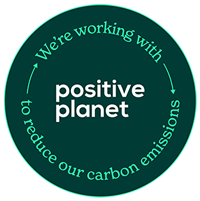PebblePad recently hosted the 2nd installment of our Employability Webinar Series, focusing on Unlocking Potential: High-Impact Practices in Work-Integrated Learning with over 200 participants from around the world in attendance.
Our panel featured experts from diverse backgrounds, including Canada, the United States, and the United Kingdom.
- Anne-Marie Fannon, Director, Work-Learn Institute, University of Waterloo.
- Dr. Teresa Johnson, High-Impact Curriculum Expert Office of Academic Enrichment, The Ohio State University.
- Anne-Marie Scott, Educational Technology Expert. Formerly with Athabasca University in Canada, and the University of Edinburgh in Scotland.
Increasingly, Work-Integrated Learning (WIL) is emerging as a critical component of higher education, providing students with invaluable real-world experiences that bridge the gap between academia and industry.
However, as the demand for WIL continues to gain in popularity globally, questions emerge related to support, accessibility and sustainability. Our panel explored the increased demand for WIL, focusing on innovative approaches and practical insights for successful initiatives.
Creating conditions for successful WIL initiatives
To set the stage, Anne Fannon was asked how we can create conditions for both successful and sustainable work-integrated learning programs on our campuses. Anne provided a starting point to the conversation by defining WIL “as an experience that is curricular in nature. It involves engagement with a third party, such as an employer or host organization. Students engage in authentic work-based activities, enabling them to transition into the world of work.”
Bearing in mind there are a variety of different names for these types of experiences: Co-op, internships, apprenticeships, etc. Anne suggested that to be both successful and sustainable the following can help:
- Creating an ecosystem whether at the governmental level as we see in the UK or upper admin level at the institution that supports the practice through policy and incentives helps the program to thrive.
- Creating authentic partnerships with employers.
- Creating support mechanisms leads to the success of all stakeholders.
- Creating space for collaboration across institutions to support one another and share best practices as we are doing in this series of webinars.
Scaling up and scaling out
A critical aspect highlighted during the webinar was the need to expand opportunities for all students, recognizing that one size does not fit all. The panel emphasized the importance of viewing these programs through a Diversity, Equity, and Inclusion (DEI) lens, emphasizing greater accessibility by integrating opportunities into the core curriculum and/or compensating students for their time.
Equally important is considering how we help students better understand the value of reflecting on these experiences and integrating their learning across these experiences so that it becomes a “habit of mind.”
Everyone agreed that this process takes time and happens unevenly across experiences but can be enhanced through multiple touchpoints throughout the learning journey. Additionally, employing a common language can assist students in connecting the dots themselves, fostering a deeper understanding of their experiences.
Sustaining success
Throughout the webinar, the panellists underscored the importance of collaboration between educational institutions, industry partners, and policymakers to ensure the success of WIL programs. Through collaboration, stakeholders can address challenges associated with WIL and develop a more robust framework for integrating work experiences into the academic curriculum.
As the demand for work-integrated learning continues to grow, institutions need to remain agile and innovative in their approach. By adopting best practices and leveraging technology, such as ePortfolios, institutions can enhance the quality of WIL experiences and better prepare students for the challenges of the future workforce.
If you missed the webinar, you can watch it now.




